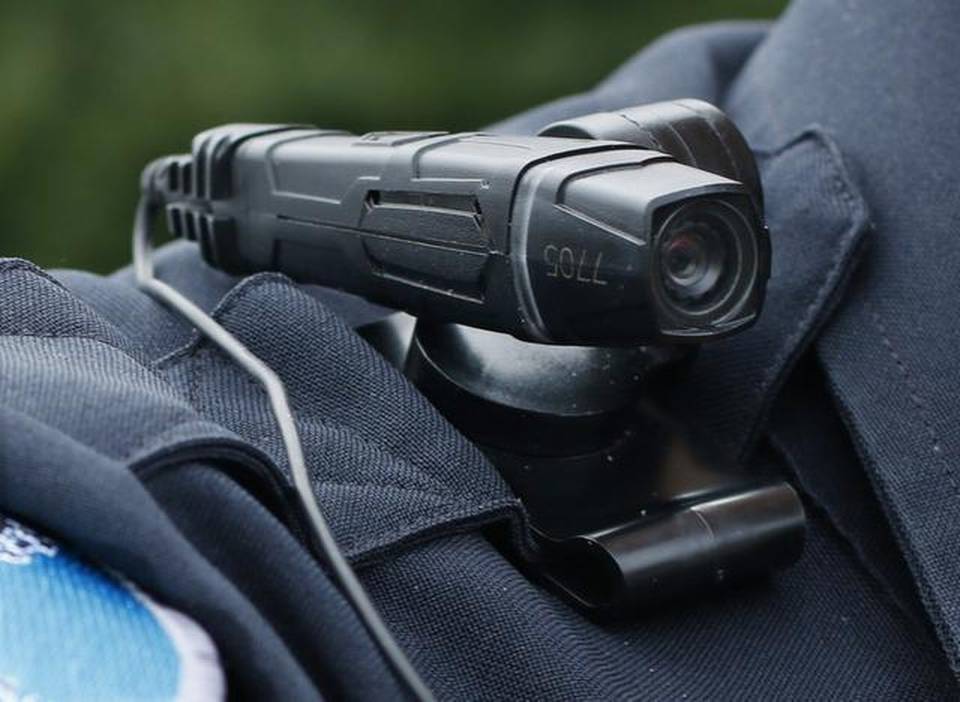Police and Body-Worn Cameras

February 01, 2015 – PSPA Editorial Staff
In December 2014, President Barack Obama’s administration proposed a three-year, $263 million dollar community policing initiative. The program is aimed at increasing the use of police worn body cameras, expanding training for law enforcement agencies, adding more resources for police department reform, and facilitating community engagement with local law enforcement.
The initiative includes a Body-Worn Camera Partnership Program that would provide a fifty percent (50%) match in funding to states and localities that purchase body-worn cameras and related equipment. According to White House projections, the proposed $75 million dollar federal investment in the partnership program over three years could help purchase nearly 50,000 body-worn cameras. For years, the Obama administration has advanced the use of cameras, both body-worn and vehicular mounted.
Body-worn cameras can be rather small, they can be comfortably attached to a shirt pocket, collar, hat, or specially designed eye glasses. Body-worn cameras as well as vehicular mounted cameras are playing greater roles from an accountability and investigatory aspect, of both, police conduct and citizen conduct.
As is the case with most technology, body-worn cameras have inherent weaknesses. For example: (1.) they can malfunction, (2.) they will not pick up everything an officer sees as they do not operate as gyroscopes, i.e., record a 360-degree view, and (3.) they generally reproduce a blurred or shaky recording when an officer is running to name just a few. Additionally, cost is also an issue - not just of the camera itself, but the expense of storing and maintaining the video, especially if you have a need to maintain a legal chain of custody.
General:
When camera video is used as evidence, it can set a false standard in a juror’s mind that anything important in the incident will be on video. As a result, incident details that are offered in testimony but are not recorded may be given much less weight by jurors, if not outright dismissed.
When something is not recorded, jurors may suspect improper behavior on the part of the officer.
Video recordings can also raise varying ancillary issues, including but not limited to: privacy, the impact on community relationships, and officer trepidations.
In Conclusion:
It is viewed by many that, police agencies should first introduce the cameras in pilot programs and engage officers and the community during implementation.
Police agencies must legally and politically develop body-worn camera policies and procedures that strive to balance accountability and privacy rights, as well as preserve the relationships that exist between officers and members of the community.
In the end, the decision to adopt body-worn cameras can be more than a financial investment as rescinding or eliminating an active program in the future can be difficult. Once an agency deploys a program, such as the body-worn camera, it will be difficult to reverse the course, because the public-at-large will come to expect the availability of video records.






